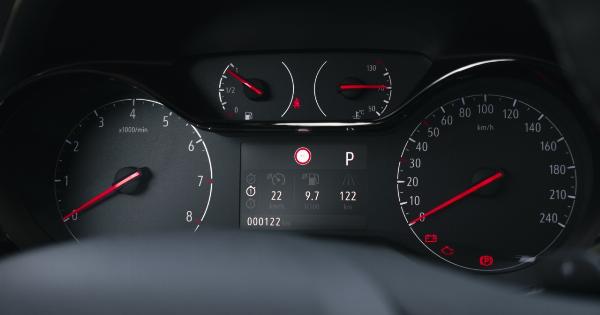Renal calculus, commonly known as kidney stones, is a prevalent urological disorder. The formation of renal caliculi is a result of the crystallization of different substances that exist in urine.
The size of kidney stones ranges from a few millimeters to several centimeters. A person with kidney stones is mostly asymptomatic until the stone obstructs the urinary tract. Kidney stones can cause severe pain and sometimes can lead to renal dysfunction.
The diagnosis and early management of renal caliculi are essential to prevent potential complications.
Signs and Symptoms
The signs and symptoms of kidney stone formation depend upon the size, shape, and position of the stone in the urinary tract. The common presentation includes:.
- Severe pain in the flank, lower back, or groin area
- Blood in urine (hematuria)
- Nausea and vomiting
- Urine urgency and frequency
- Fever, chills, and sweats (in cases of infected kidney stones)
Diagnosis
Several diagnostic imaging tools are available to detect the presence and position of renal calculi. These include:.
- X-ray KUB (Kidneys, Ureters, and Bladder)
- UA (Urinalysis)
- Non-contrast CT Scan
- Abdominal MRI
- Intravenous Pyelogram (IVP)
- Renal Ultrasound
Treatment of Renal Caliculi
The management of renal caliculi depends on the size and location of the stone. Small stones pass through the urinary tract without any intervention. However, large-sized stones or stones that cause obstruction require interventions such as:.
1. Medication Management
Pain management is the cornerstone of medication management in renal caliculi. Analgesic agents such as non-steroidal anti-inflammatory drugs (NSAIDs) or opioids such as morphine can provide pain relief.
Alpha-blocker medications can also help relax the muscles in the ureter, making it easier for the stone to pass naturally.
2. Fluid Intake
Encouraging the patient to drink plenty of fluids, especially water, can help in flushing out the small stones from the urinary tract.
3. Extracorporeal Shock Wave Lithotripsy (ESWL)
ESWL is a non-invasive procedure that uses shock waves to break down the stones into smaller pieces, making it easier for them to pass through the urinary tract.
ESWL is recommended for stones less than 2cm in size, and the procedure is performed under moderate sedation.
4. Ureteroscopy (URS)
URS is a minimally-invasive procedure that involves the insertion of an endoscope through the urethra to the bladder and up to the ureter. The stone can be visualized, and either removed or fragmented using laser energy.
A stent may be inserted to ensure that the stone fragments pass through the urinary tract.
5. Percutaneous Nephrolithotomy (PCNL)
PCNL is a surgical procedure that involves the placement of a small incision in the back to gain access to the kidney. The stone is then removed with the help of specialized instruments.
PCNL is recommended for large-sized stones that cannot be treated with other modes of interventions.
Conclusion
Kidney stones are a common cause of renal colic and can lead to severe pain, discomfort, and kidney dysfunction. The management of renal caliculi depends on the size and location of the stones.
Small-sized stones are more likely to pass through the urinary tract naturally, while larger stones may require interventions such as ESWL, URS, or PCNL. Encouraging the patient to drink plenty of fluids and appropriate pain management is essential to managing renal caliculi.






























